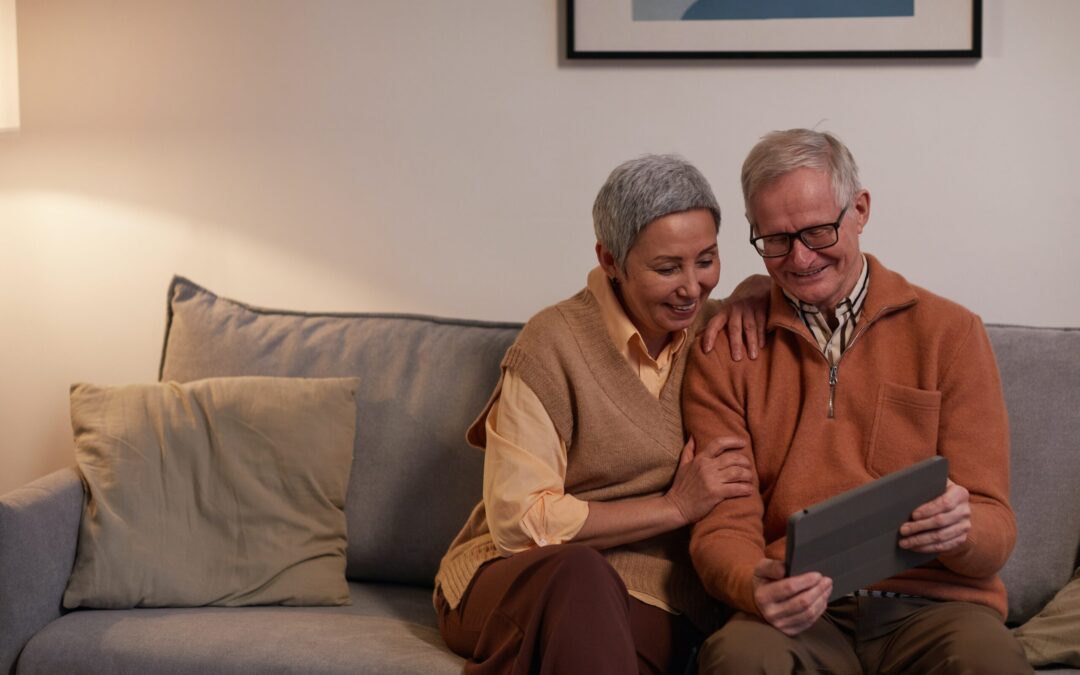Hearing aid technology continues to evolve every year. Nowadays, wireless connectivity—like integrated Bluetooth technology—has made hearing aids even more convenient for daily use.
With Bluetooth-enabled hearing aids, you can wirelessly connect to devices around your home like your phone, TV, computer, and more. Just like with wireless headphones, the audio is transmitted directly into the user’s ear through an electronic signal. This technology cuts out the need for other connectivity accessories and delivers high-quality sound directly into the ear with no lags, feedback, or static noise interference.
Benefits of Bluetooth Hearing Aids
Wireless connectivity can greatly improve your listening experience, offering convenient, cordless, and hands-free access to high-quality sound. Often, you can connect and adjust volume through an app or the hearing aids themselves. Plus, you can pair your hearing aids with multiple devices, which allows you to toggle easily between a phone call on your smartphone with your family or friends, a Spotify playlist on your tablet, and your favorite show on your TV.
Bluetooth is also a widely adopted technology and commonly used across devices, making it easier to set up and even troubleshoot any connectivity problems that may arise.
Troubleshooting Your Bluetooth Hearing Aids
It’s important to know that when the hearing aid is streaming sound via Bluetooth, the microphone inside the hearing aid might be turned down or even all the way off, depending on how your audiologist sets it. This will eliminate the amplification of other noise while you’re streaming audio via Bluetooth. However, some hearing aids allow you to stream in just one ear, so you can still hear other sounds around you in the other.
And, like all Bluetooth technologies, there is a distance range at which the signal will stop transmitting. For example, if you answer a call on your phone via your Bluetooth hearing aids—and then leave your phone in one room and walk to the other end of your house—there’s a point at which you will lose the signal.
Today, the vast majority of hearing aids come with Bluetooth capability. If you’re in the market for a new hearing aid, note that some Bluetooth hearing aids are made specifically for iPhone users, while others are compatible with any smartphone.
Are you interested in streaming TV shows, music, phone calls, and more directly to your hearing aids? Call us to schedule an appointment at (781) 769-8866.


